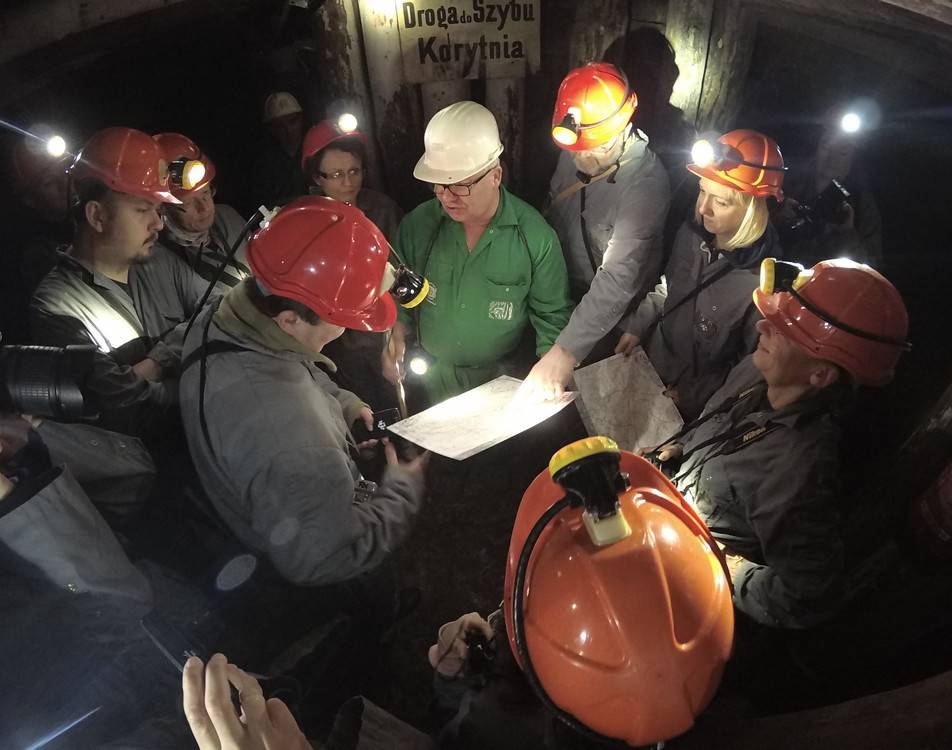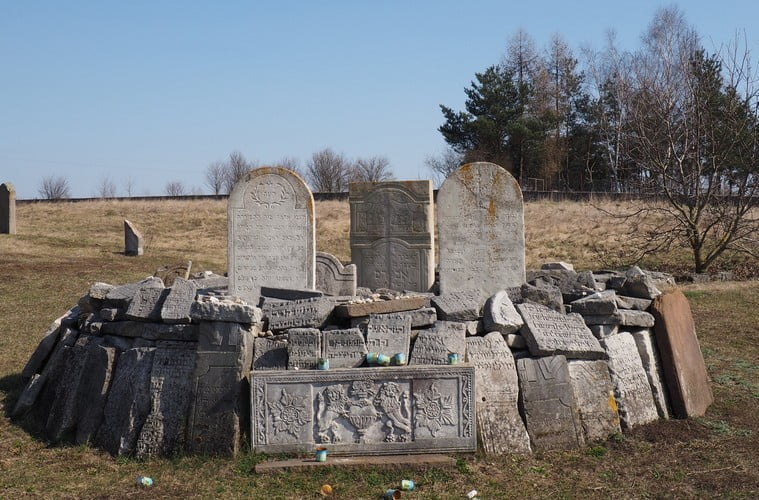Share This Article
The standalone sandstone outcrops in the middle of the forest are an attraction worth seeing, but the carved Devil’s Heads make this place a must-visit during your stay in the area! On-site, a short uphill walk awaits you and impressive geological formations, enhanced by human hands decades ago!
Location and Access
The Devil’s Heads are sandstone rock outcrops located in Želízy-Liběchov. Driving along the main road, you will see signs directing you to the place. Administratively, it is located in the Central Bohemian Region. Touristically, this part of the Czech Republic is called Central Bohemia. The nearest larger town is Melnik, located less than 10 kilometers from the Devil’s Heads.
At this point, it’s worth noting that if you’re driving following the signs or Google Maps navigation, it will lead you to the trailhead, but the last section of the route has a no-entry and no-parking restriction. The local residents are very sensitive in this area, and fines can reach several thousand crowns.
So, what to do if you’ve come by car? You need to continue northward on the road, pass the turnoff to the Devil’s Heads, and go on for about 250 meters, then turn left. Soon you will reach a parking lot. In the navigation, instead of Devil’s Heads, enter Parkoviště Čertovy hlavy, and you will surely find the parking lot without any problems!
This place is open 24 hours a day, and there is no entrance fee. Whenever you manage to come, you can visit it. However, if you plan to visit after dark, please read the next paragraph.
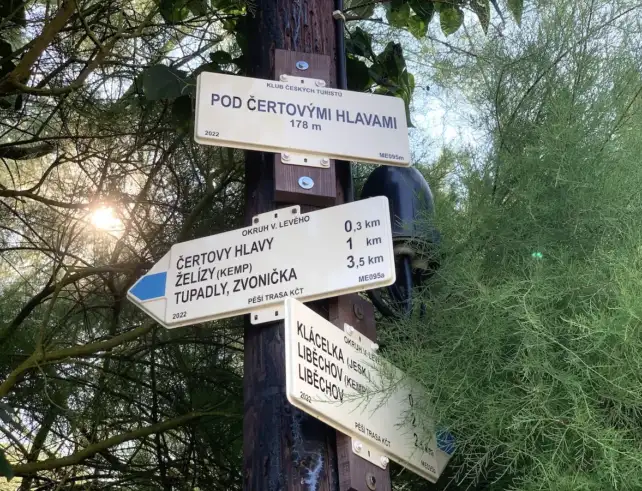
The Path Up the Hill
The Devil’s Heads are located on top of a small elevation, and to reach them, you must conquer a short uphill climb. I should immediately note that if you have a baby stroller, a person with disabilities, or someone with mobility issues on board, you should give up on the approach because it is relatively steep.
The entire uphill route will take you about 10 minutes. Initially, the path leads up steps with irregular placement, and later it turns into a trail. It is quite narrow and steep, and I imagine that after rain (in the mud) or at night, it becomes an extreme adventure. At the very top, the Devil’s Heads await just after you step off the path – there’s little chance you’ll miss them! They measure about 9 meters!
Right by the heads, there is a place to rest under the grace of the trees. There are no benches, but the ground is also comfortable for admiring this work :) You can view the heads from the “ground” level, but there is the possibility of climbing on them. It’s worth knowing that the last stage of the ascent to the top goes over logs thrown across a small chasm. Be careful, because as I mentioned, the heads are 9 meters tall, and a fall from such a height will not end well!
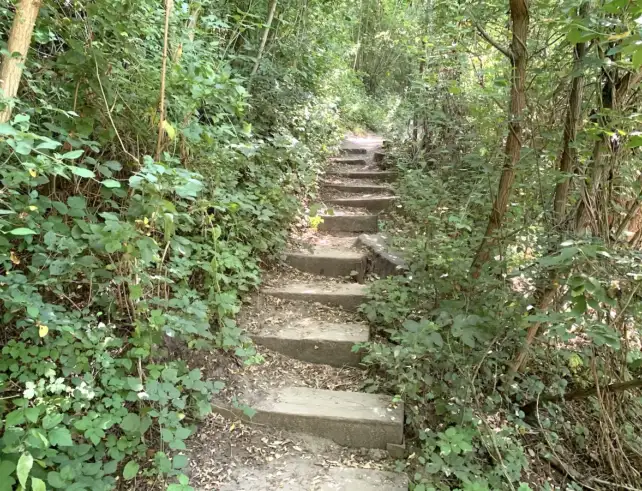
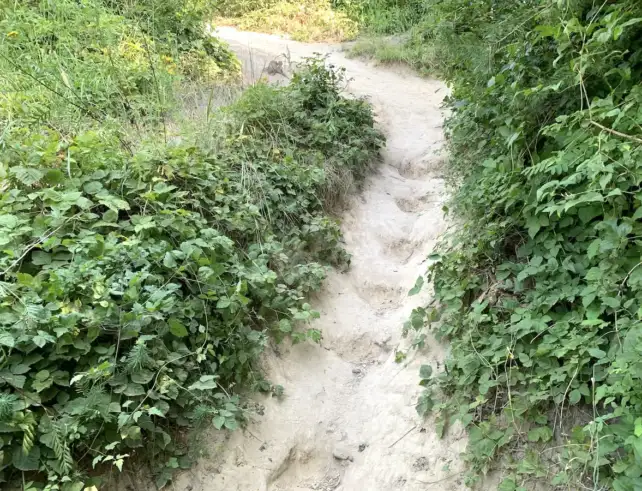
The Devil’s Heads and Their History
The Devil’s Heads have quite a history behind them! They were created by Václav Levý, a Czech sculptor, and the sculpture itself was made in the mid-19th century. Some claim that these are the second heads carved into rock in the world, following the Mount Rushmore located in the United States.
The story of the sculptor Václav Levý himself is interesting. He was born as the son of a shoemaker in 1820. His parents educated him to be a carpenter, but supposedly at the age of 10, he carved his first crucifix and the Virgin Mary in wood. Encouraged by the local parish priest, he was sent to study at the monastery in Pilsen, where he was to become a monastic cook. The next stop on his journey was Dresden, after leaving which he met Antonin Veith, an art patron, with whom he began service as a cook at the castle in Liběchov near Mělník.
His sculptural talent was noticed, and at the urging of František Linn Jr., he was sent for an apprenticeship to Prague. His first serious work was the decoration of the Klácelka cave located nearby. There, he created an ornate entrance portal, stone benches, and reliefs of dwarves, fairytale characters, and animals.
In 1845, he went to study at the Academy in Munich under the direction of Professor Ludwig Schwanthaler, who considered him his best student. After the death of his patron, he went to Rome, which became the place of the most fruitful period of his life in terms of sculpture.
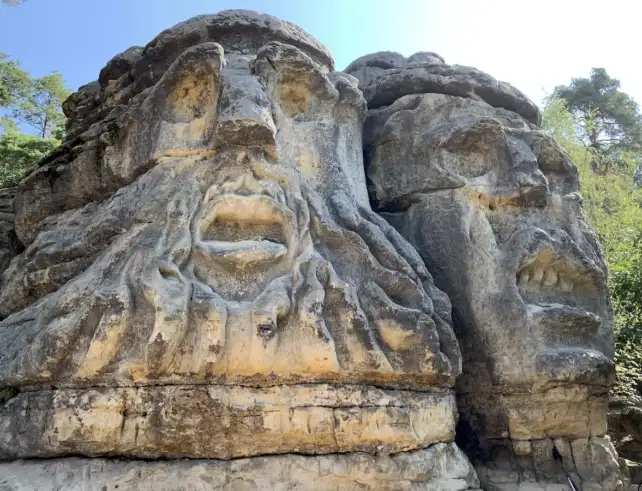
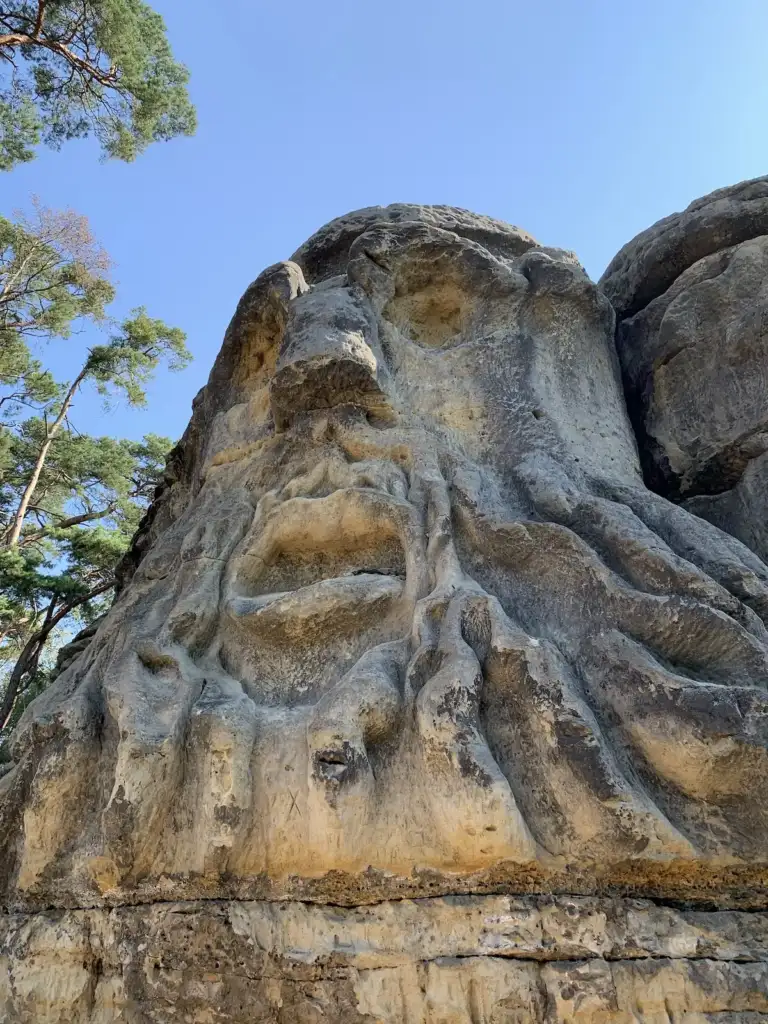
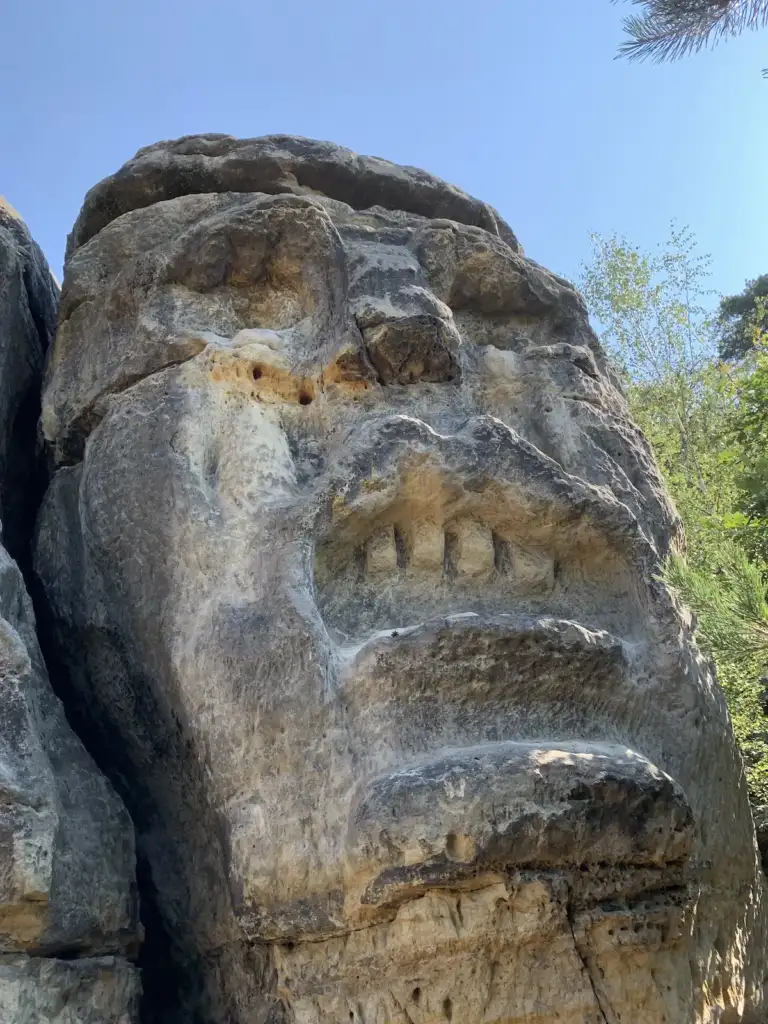
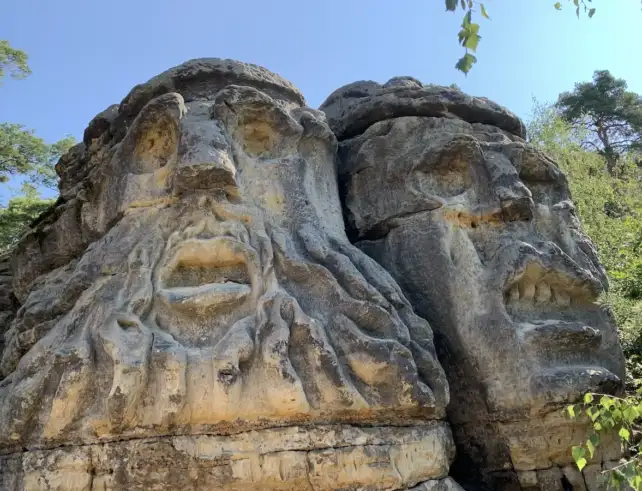
What’s in the Vicinity?
The Devil’s Heads are not the only rock sculptures in the area. The path also leads to the already mentioned Klácelka cave (with reliefs of important figures in Czech history, among them Jan Žižka and Saint Procopius). To the northwest of Želízy are the rock reliefs Harfenice and Had from the years 1840-1845.
If you are looking for ideas in the vicinity, also visit the nearby Melnik castle. It’s a unique Renaissance building with extraordinary cellars, which are also open for tours. Of course, apart from the castle, it’s also worth taking a walk through the town. In Melnik, the waters of the Vltava meet the Elbe. If you’re planning a larger excursion, consider visiting Litoměřice or the town of Mladá Boleslav with its Škoda Museum.
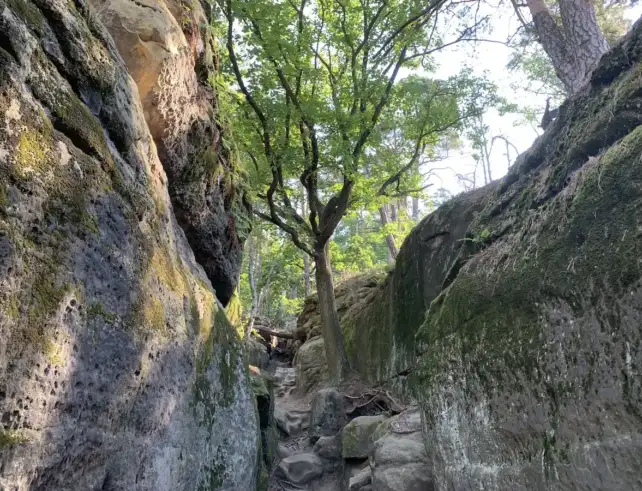
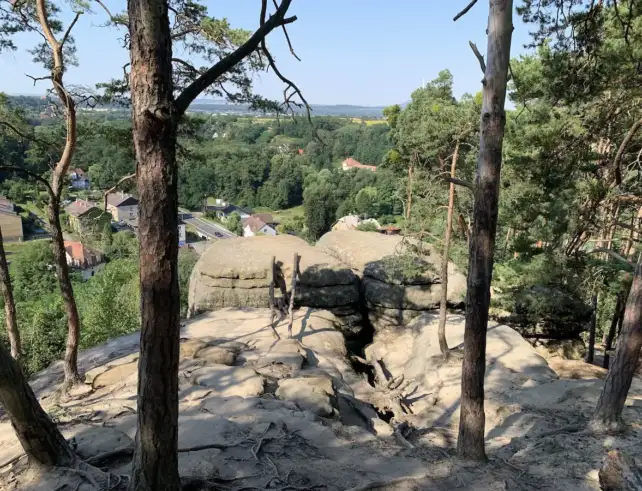
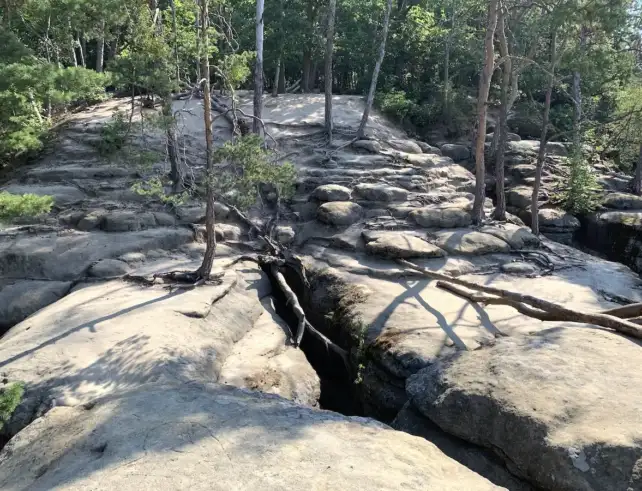
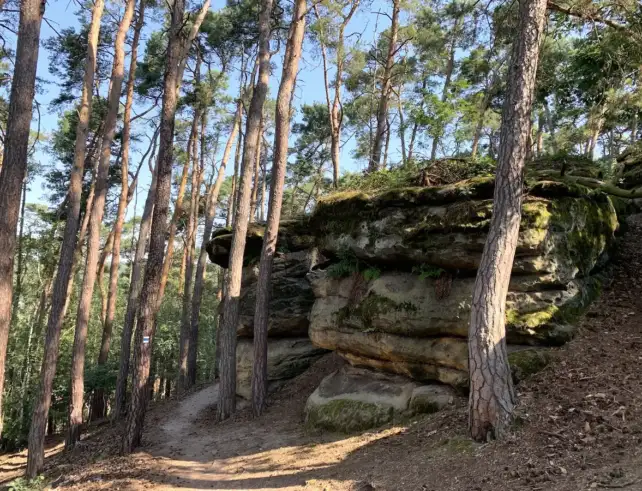
Is It Worth Visiting the Devil’s Heads?
The Devil’s Heads are a very interesting attraction! They rise suddenly on the edge of the forest and make an impression on visitors. If you’re in the area, be sure to check out this place. It’s worth seeing the heads with your own eyes and taking a commemorative photo with them. Remember, three heads are not just one!
Interestingly, similar sandstones are also the building blocks of some of the Świętokrzyskie nature reserves – take a look at the Skałki Piekło near Niekłań, for example!



